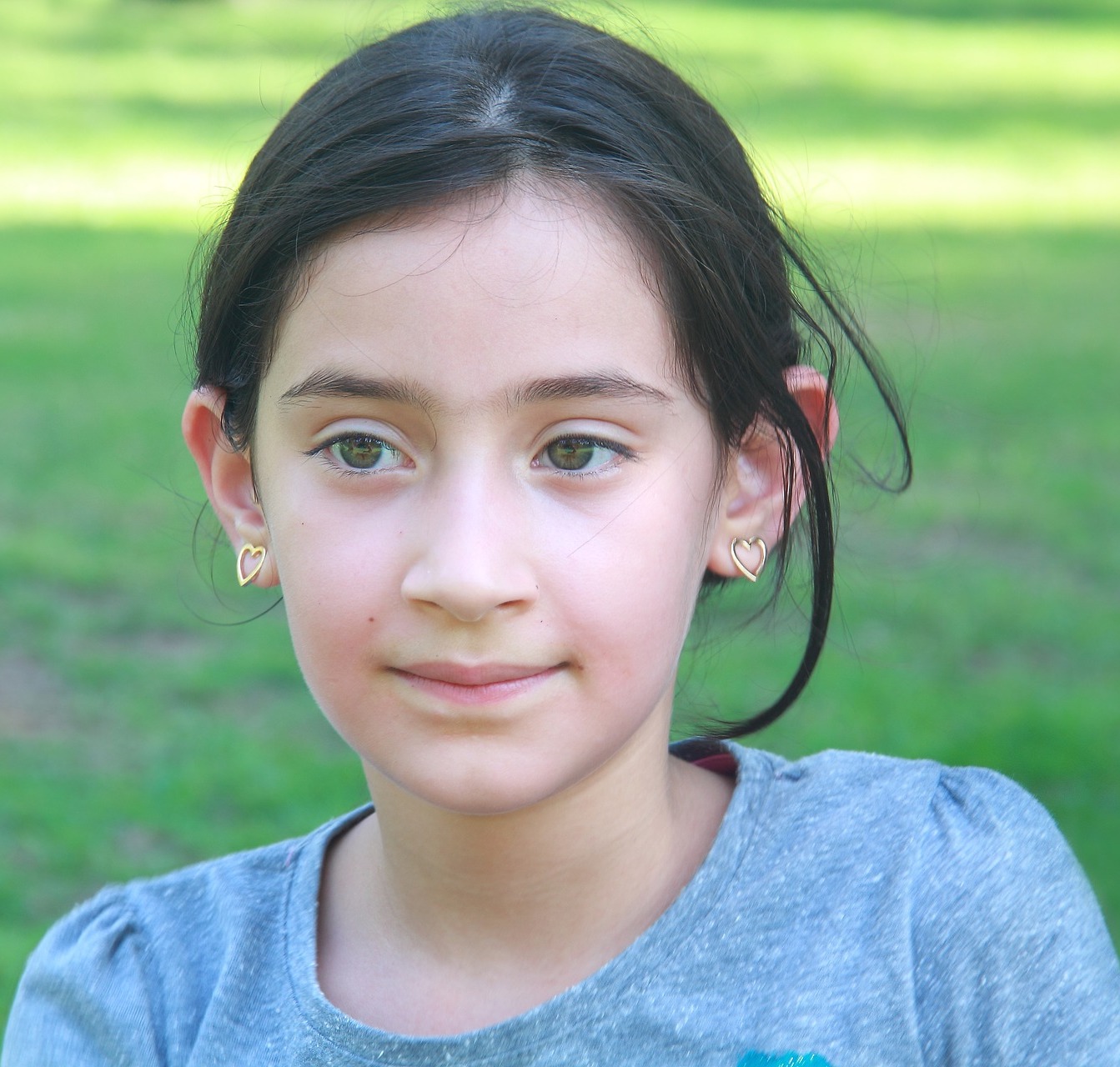
Autism spectrum disorder (ASD) has a diverse array of markers and traits. So much so that every individual on the autism spectrum experiences a variety of symptoms different to the next person and many ASD symptoms can be found in other disorders similar to autism.
Autism is categorized by symptoms such as social interaction and social communication difficulties, restricted and repetitive patterns of behavior, interests, or activities as per the Diagnostic and Statistical Manual of Mental Disorders (DSM-V); other symptoms include sensory sensitivity and atypical behavior.
Due to the many different characteristics of autism, some conditions resemble autism spectrum disorders due to similarities in traits. This article aims to provide an overview of autism spectrum disorders and other pervasive developmental disorders that are found to be similar in symptoms, and break down their differences. In addition, it will highlight comorbid disorders that are commonly associated with ASD.The article aims to provide parents of autistic children with an understanding of these conditions. It should also be beneficial for parents seeking answers for some symptoms experienced by their children.

Which conditions resemble or can be mistaken for autism?
Neurodevelopmental disorders include a group of pervasive developmental disorders that include ASD, asperger’s syndrome, pervasive developmental disorder – not otherwise specified (PDD-NOS), childhood disintegrative disorder (CDD), and Rett disorder. The autism spectrum disorders include autism disorder, asperger’s disorder, and PDD. Most of these conditions are genetically linked.
Rett disorder
Rett disorder or syndrome is a rare genetically inherited neurological disorder that is usually recognized amongst children between the ages of six to 18 months, almost exclusively in girls, and causes severe disabilities that affect the majority of their ordinary daily activities including eating, speaking, walking, and even breathing.
The condition is a result of mutation on the X-chromosome on a gene called MECP2. The MECP2 gene has over 900 mutations occurring in eight different “hotspots”.
Autism spectrum disorder (ASD) has a diverse array of markers and traits. So much so that every individual on the autism spectrum experiences a variety of symptoms different to the next person and many ASD symptoms can be found in other disorders similar to autism.
It can present itself with a wide range of disabilities ranging from mild to severe and is dependent on the location, type of mutation and severity. In terms of prevalence, Rett syndrome occurs in one of every 100,00 female births and is rare in boys due to the mutation occurring on the X-chromosome.
Infants with Rett syndrome appear typical in their first six months but over time lose the abilities that they have gained such as rapid loss of coordination, muscle coordination, and speech. In parallel, some children with autism have a similar experience where development initially appears typical but at a certain age they start regressing (around 20 months) losing abilities such as communication ability i.e. speech, motor and fine motor skills, and learned skills.

Fragile X syndrome
Fragile X syndrome is a genetic disorder that affects males more severely than females, such that they suffer from a range of developmental problems including learning disabilities and cognitive impairments. Other symptoms of fragile X syndrome include anxiety and hyperactive behavior such as fidgeting or impulsive actions, attention deficit disorder (ADD), and a delayed development of speech and language.
Fragile X syndrome (FXS) is also a genetic disorder that is caused by changes or mutation in the gene fragile X mental retardation 1 (FMR1). The FMR1 gene makes a protein called FMRP (fragile X mental retardation protein which is important for normal brain development (yes, the name sounds “off”, but that’s what scientists called this gene—a mental retardation protein that assists in brain development). According to the CDC, approximately one in 7,000 males and one in 11,000 females are affected by FXS and individuals with this condition do not produce the FMRP (protein) (some do but not sufficiently).
Landau-Kleffner syndrome
According to the National Center for Advancing Translational Sciences (NCATS) which is one of the institutes and centers at the National Institutes of Health (NIH), Landau-Kleffner syndrome (LKS) is a rare neurological syndrome that is characterized by the development of a condition known as aphasia (identified by the inability to understand or express language) and suffering seizures. Some may also experience symptoms such as behavioral problems i.e. hyperactivity, inattention, outbursts, and impulsivity to name a few.
LKS is more common in males than females and children with this condition initially appear to develop typically however signs and symptoms begin to present between the ages of two and eight years. It’s been found that among 20% of people with LKS, it is due to a mutation in the GRIN2A gene.
The difficulties with language and communication among several other symptoms are synonymous with autism, hence this condition can be confused for autism without proper diagnosis.
Prader-Willi syndrome
Prader-Willi syndrome (PWS) is a genetic disorder that causes hypotonia (low muscle tone), as well as challenges with feeding and slow growth. The feeding challenges often lead to obesity due to affected children developing extreme appetite. Other symptoms include developmental delays and mild to moderate intellectual disability, cognitive impairment, temper tantrums, stubbornness, repetitive behaviors, and obsessive-compulsive tendencies.
Due to the overlapping symptoms of PWS and ASD, clinicians, families, and other professionals suspect that these two conditions can co-occur. However, accurate diagnosis of each condition separately has to be conducted to conclude this.

If you have concerns about your child’s development, please speak with your pediatrician or another trusted specialist. Check out our article for recommendations to help you prepare for and get the most out of your appointment.
Angelman syndrome
Angelman syndrome is another genetic condition caused by deletion or mutation of the UBE3A that affects the nervous system. Some symptoms include severe physical and learning disabilities, absence of or very little speech, difficulty coordinating movements, tremor movements of the arms and legs, distinct patterns of behavior such as happy disposition and random episodes of laughter, seizures, sleep disorders, and feeding difficulties.
Williams syndrome
Williams syndrome (WS) is a genetic disorder of which symptoms include delays in cognitive development and language delay. An associated medical problem is heart disease (cardiovascular disease) due to narrowed arteries. WS occurs as a result of mutation on chromosome seven. Symptoms such as intellectual ability and learning difficulties are shared between autism and WS.
As you can see from the above conditions, some of the symptoms do overlap with autism. However, a diagnosis of any of these conditions or disorders needs to follow the DSM-V criteria and accurate diagnosis needs to be observed.
In conclusion
Autism is a diverse condition and, because of it, symptoms can vary. On the other hand, there are several conditions that resemble ASD. Thanks to guidelines such as the DSM-V, the criterias outlined help to differentiate between the conditions; hence it is important for parents to consult with a medical professional to conduct assessments to determine an accurate diagnosis.
While the period leading up to the diagnosis can feel like a mountain to climb, it’s vital to remember that a diagnosis only answers questions about your child’s experiences—it does not define your child but allows for a new perspective and clearer view of the future. The growth in science and medicine has made it possible for treatments to be available to manage your child’s symptoms and assist in day-to-day living.
Excerpted from “Disorders Similar to Autism” in Autism Parenting Magazine. Read the full article online.
Source: Autism Parenting Magazine | Disorders Similar to Autism, https://www.autismparentingmagazine.com/autism-similar-disorders | Copyright © 2025 Autism Parenting Magazine. Retrieved March 2025.





